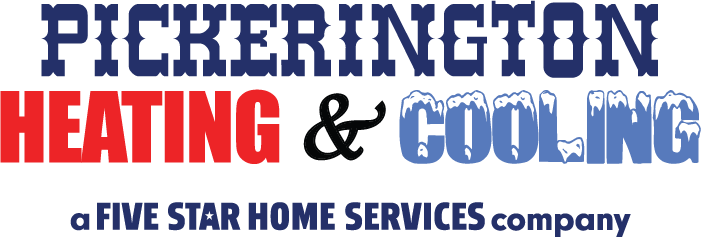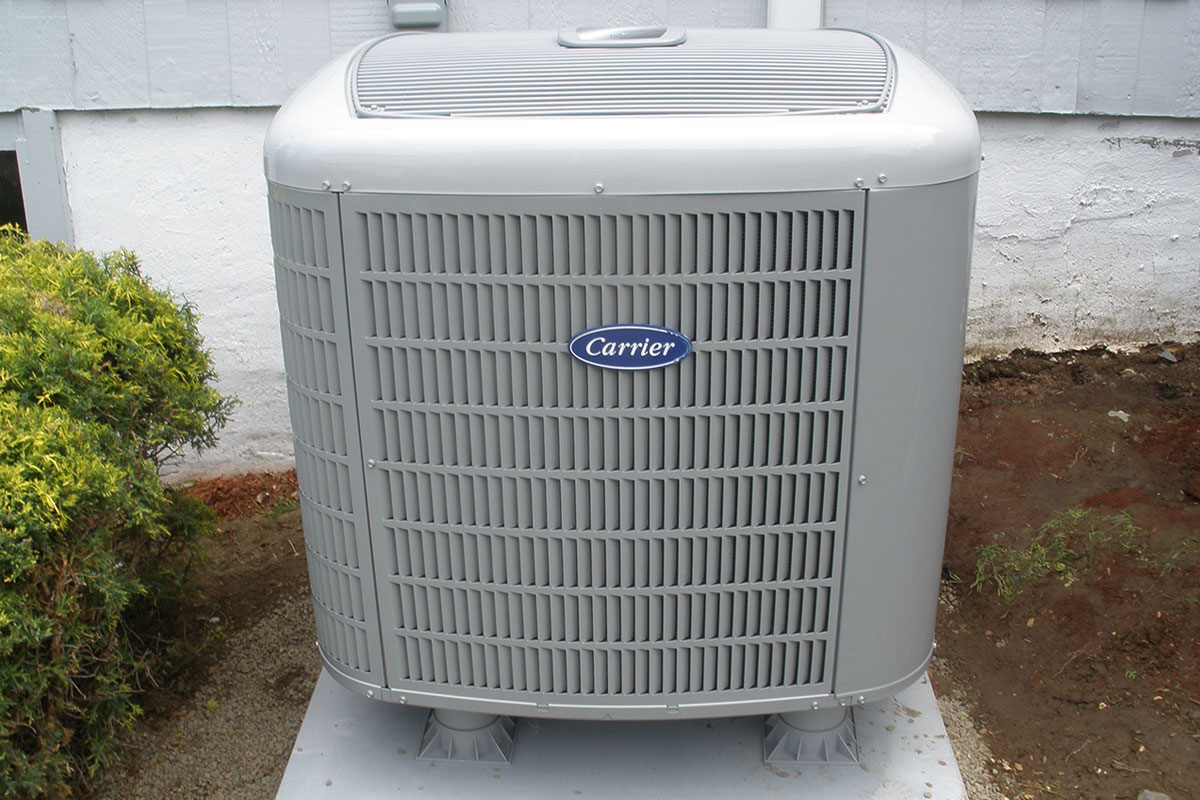What to do before you call for HVAC service
This furnace troubleshooting guide will allow you to check out your system before you call a professional, and possibly save money.
Follow the steps in this guide and you’ll be able to diagnose and repair many common problems that occur in a modern gas force-air furnace. The steps below will allow you to isolate any issues to a particular component in your furnace or heating system. If nothing else, you can save your service guy some time to go right to the source of the problem.
Before we begin, we should note that routine maintenance is the best thing you can do for your home’s heating and cooling systems. We recommend an air conditioning check-out and tune up each spring, and a fall furnace tune up and safety check. We offer both at tremendous savings over the other guys, but you can save even more with a Scheduled Maintenance Agreement.
Before you begin these troubleshooting steps, at least perform suggested maintenance if you haven’t hired a qualified HVAC contractor to have it done previously. We also must caution you that if you’re not sure how to do something in this guide, to consult a professional. Furnaces use flammable natural gas and potentially dangerous electric current… so if you’re not sure, leave it to the PROs!
This particular guide will cover furnaces that use natural gas or propane/liquid petroleum for fuel.
Step 1: Start with the Thermostat
The first place to start with any furnace issues is with the thermostat. Check that the thermostat is set to HEAT and the temperature is set above the current indicated room temperature. For example, if the current temperature in the room is 69 degrees, set the thermostat to 72 degrees. You can also temporarily turn it to it’s warmest setting during troubleshooting mode to try to get it to turn on. Turn the fan setting to ON if it’s not running.
Step 2: Is the Furnace Getting Power?
If the fan doesn’t turn on, find the house breaker box. This is usually located in the basement where the electric service enters the home. Open the cover and look for a switch (they’re called “breakers” inside this box) that is marked furnace or something similar. If they’re not clearly marked, look for a breaker that is not in the same position as the others, and has a small visible red marker in it. The red indicator shows that the breaker is “tripped” or turned itself off automatically to prevent an overloaded circuit.
If you find a breaker that’s tripped, look for any obvious visual or smell for signs of burns. This could indicate a serious problem.
Try turning the breaker ON (also called “resetting” it) and if it doesn’t trip immediately, but the fan is still not running, move on to the next leg of this step.
Some furnaces were installed with a power switch right next to the furnace (usually looks like a regular wall switch). Cycle that switch off then back on to see if the fan starts running.
If the breaker or fuse wasn’t tripped, and turning the power switch back on, visually inspect through the window of the blower compartment of the furnace and look for a flashing green light. If there’s no light (neither green nor red) then you could possibly have an issue with the run capacitor, the blower motor, the thermostat, or the furnace control board.
If the blower motor turns on after these steps, you are probably good to go. It’s possible a power surge or some other electrical aberration caused the breaker to trip. Remember to reset the thermostat back to the desired temperature and set the fan to AUTO.
STEP 3: Does the Furnace Use a Pilot Light?
Older furnaces use a pilot light, a small flame ready to light the burners when given the command by the thermostat. You can visually inspect the pilot light by removing the side panel of the furnace. You should see a small flame, with the flame just touching the tip of the thermocouple (a small metal rod). The thermocouple talks to the thermostat to let it know when the furnace is lit or not. If you have a gas furnace and are certain it uses a pilot light, but do not see the small flame in the burn chamber, find the gas valve and cycle it off (with the valve perpendicular to the gas pipe) then back on (with the valve handle in line with the gas pipe) to ensure the furnace is getting fuel.
Try to re-light the pilot light following the manufacturer’s instructions. They are usually posted just inside the panel.
If the pilot is lit, but the main burners do not light when you turn the thermostat up to its highest setting, check the side of the furnace. If it’s cool, you could have a problem with the gas valve, the limit control, the furnace control board, or the thermostat. Call a professional.
Touch the side of the furnace; if it’s warm, allow it to cool, then let’s move on to the next step.
STEP 4: Does the Pilot or Main Burner try to Ignite?
Some furnaces use a spark ignition, meaning they have an electric element in place to ignite the main burners. If you hear a clicking noise (similar to lighting a gas grille) and the burners don’t light, you could have a bad furnace control board, the limit control could be bad, or the flue could be blocked. Call a professional.
If you try to light the pilot, or the main burner lights but it goes out immediately, the flame sensor or the pilot assembly could be dirty.
If the main burners light but won’t stay light for more than about three seconds, the furnace control board could be defective, or the flame sensor could be dirty.
Once the burners light and stay lit, the blower motor should start up after a delay of about 1-3 minutes. If the blower doesn’t start, the furnace’s motor or run capacitor could be the problem.
STEP 5: Furnace Troubleshooting, Final Check
Watch the furnace for a complete heating cycle (from lighting, to the fan starting and blowing, to the furnace reaching the desired temperature, then shutting itself off).
At the tail end of the cycle, the fan should continue to run for a few minutes after the burner shuts itself off. If you see that the fan doesn’t shut off after that delay, the fan’s limit control (on older units) may be sticking and requirement replacement.
During this heating cycle, check the air temperature coming out of the registers, then compare it to the average room temperature. The inside of the furnace should have a label plate that indicates the range of difference between the two temps should be. NOTE: On older furnaces, it could be more than 100 degrees, but on newer high efficiency furnaces, it could be as low as 35 degrees.
When to Call a Professional HVAC
Unless you’ve had training and/or experience with electrical, gas, HVAC and other technologies, we recommend you call a professional to service your furnace properly and safely.
Click here to book an appointment using our convenient online request form. For immediate service, call our customer service representatives at 614.837.4026.









